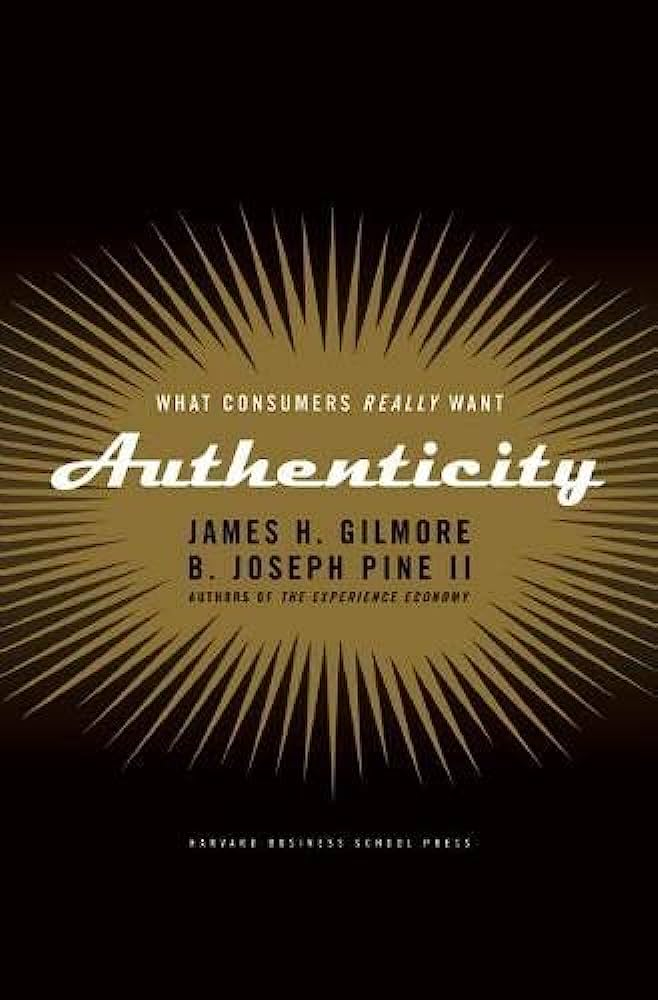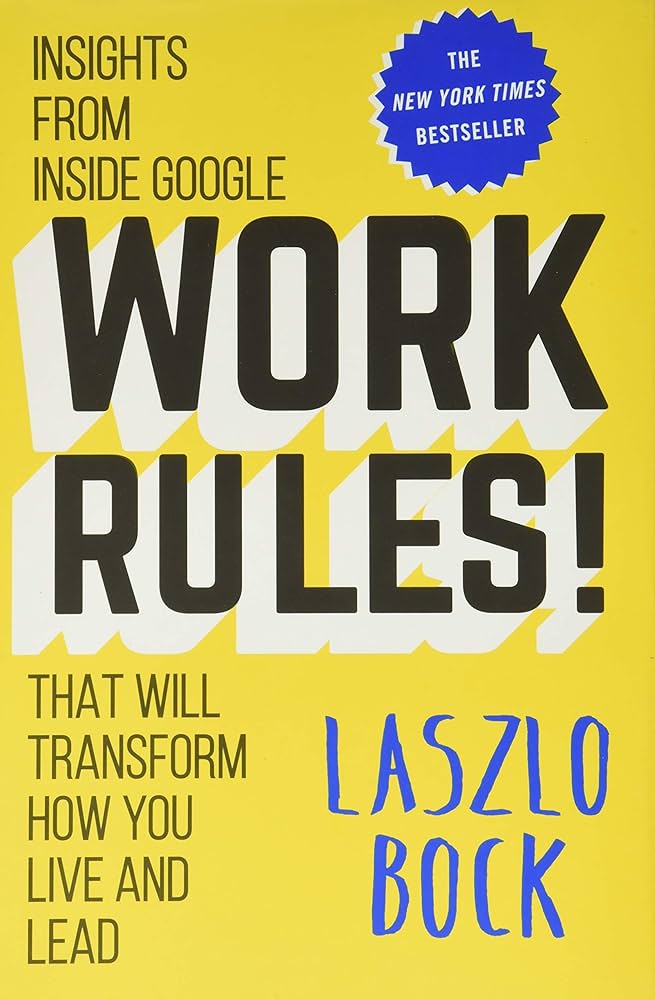Social Intelligence: The New Science of Human Relationships
RATING


In this book Goleman goes on building off his original seminal piece, “Emotional Intelligence”, arguing that IQ is a poor way of gauging intelligence or how successful someone will be in life. He explores ideas such; as emotional contagion, social rewiring of abused and neglected youths, the Us vs. Them mindset, how humans form attachments to others, facial expressions and autism, romance and how our social wellbeing affects our biology and physical wellbeing. Goleman has spent 12 years working for the New York Times authoring articles on human behavior, behavioral sciences and the brain. Goleman has a PhD in clinical psychology and personality development from Harvard.
This book is truly a deep dive into the human brain from both a biological perspective and a social science one. It is full of neuroscience, brain physiology and psychological studies involving children, medical and
psychological patients, inmates and ordinary people. An overarching theme in this book is that our early social experiences with our parents and family and friends in childhood dramatically affect our temperaments and the ways in which we react to various social encounters, but that this is not destiny, that it can be changed. It was a pretty good read if psychology interests you.
“Social Intelligence” in comparison to “Emotional Intelligence” offers a more relaxed delivery but is just as detailed and in depth regarding how the brain works in social interactions and in insights regarding group think. The Fundamentals of Neuroscience and the effect that biology has on behavior is very pronounced. The true value of this book was the addition of Neurobiological studies that were published between “Emotional Intelligence” and “Social Intelligence” as supporting evidence for his interpretations and explanations. Even though it was published almost a decade and a half ago, Goleman’s interpretations and explanations are still very useful and just as applicable today as they were back in 2006.
Although it also can be perceived as a positive, the level of terminology and scientific explanation can become burdensome for the average reader. Furthermore, while Goleman went in depth in this piece, he truly created an academic piece out it and it reads more like a textbook than just a book. Moreover, once again, the level of detail is phenomenal but from a tactical application perspective it leaves much to be desired. As a result, while this book provides valuable insights and a solid knowledge base it is not a light read and time will be spent on it.
Far more than we are consciously aware, our daily encounters with parents, spouses, bosses, and even strangers shape our brains and affect cells throughout our bodies—down to the level of our genes—for good or ill. In “Social Intelligence”, Daniel Goleman explores an emerging new science with startling implications for our interpersonal world. Its most fundamental discovery: we are designed for sociability, constantly engaged in a “neural ballet” that connects us brain to brain with those around us.
Our reactions to others, and theirs to us, have a far-reaching biological impact, sending out cascades of hormones that regulate everything from our hearts to our immune systems, making good relationships act like vitamins—and bad relationships like poisons. We can “catch” other people’s emotions the way we catch a cold, and the consequences of isolation or relentless social stress can be life-shortening. Goleman explains the surprising accuracy of first impressions, the basis of charisma and emotional power, the complexity of sexual attraction, and how we detect lies. He describes the “dark side” of social intelligence, from narcissism to Machiavellianism and psychopathy. He also reveals our astonishing capacity for “mindsight,” as well as the tragedy of those, like autistic children, whose mindsight is impaired.
Is there a way to raise our children to be happy? What is the basis of a nourishing marriage? How can business leaders and teachers inspire the best in those they lead and teach? How can groups divided by prejudice and hatred come to live together in peace?
The answers to these questions may not be as elusive as we once thought. And Goleman delivers his most heartening news with powerful conviction: we humans have a built-in bias toward empathy, cooperation, and altruism–provided we develop the social intelligence to nurture these capacities in ourselves and others.
For those that would like to build their understanding and knowledge base of the biology behind human behavior this is a must read. It can be applicable to leaders, managers or individuals alike helping them access new lines of thinking about the people around them and how to interact with them. With his overarching theme of how childhood experiences effect long term social interactions, this book is particularly valuable for parents looking to better understand a child’s neurobiological behavior

This book is primarily research-based with some tactical applications
See content on this topic

Sales training for front line along with basic development and coaching principles for line management.
Understanding how leaders must evolve with relation to the evolution of business models, new management models, and the significant changes to the workforce with Digital Natives now making up more than 50% of the workforce globally.
Understand the theory and mechanics of developing and managing a customer-centric and experience-driven corporate culture that is consistent and stable and includes elements of Employee Experience (EX) and Employee Relationship Management (ERM).
Understanding the evolution of leadership styles, management models, organizational structures, performance measurement and guiding change in the evolution of business models from product-centric to customer-centric and even relationship-centric.
Understand how to manage both internal and external digital transformation while considering the landscape for digital business models and the effect on traditional business models. Understanding organizational readiness for transformation and the role of corporate culture in managing transformations.
The changes in consumer behavior, employee behavior, and the evolution of business models in the digital age cause significant difficulties and imperatives for leaders who must develop new skills and evolve their leadership styles to be effective in this fast changing, challenging, and competitive environment.




 Copy Link
Copy Link
 E-mail
E-mail
 LinkedIn
LinkedIn
 Facebook
Facebook
 Telegram
Telegram
 WhatsApp
WhatsApp















 Go Back
Go Back
Leave a Reply
You must be logged in to post a comment.